Students Gain Hands-On Experience with Remineralization at Paulo Freire Social Justice Charter School
Our grant to seed local projects
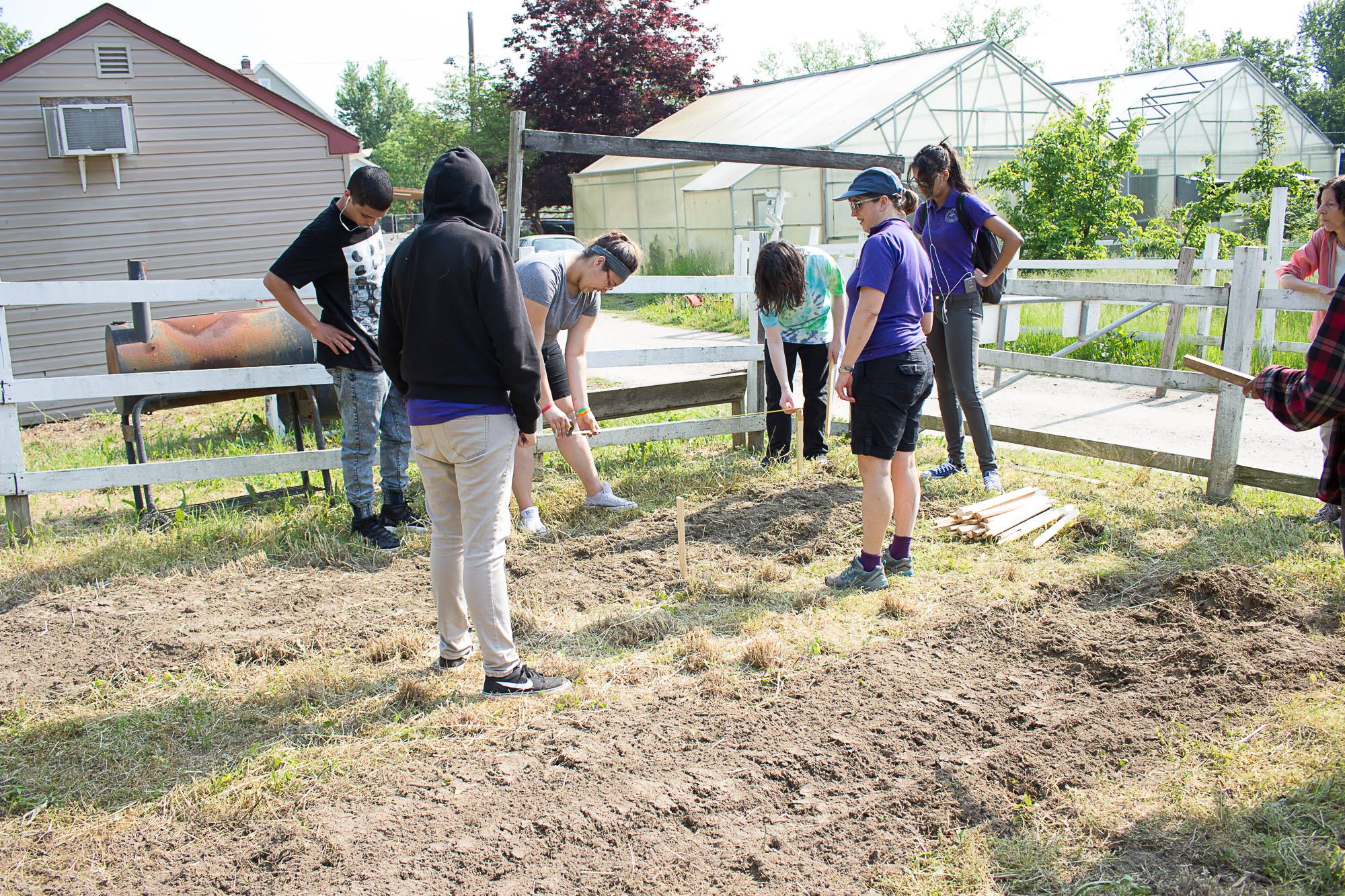
Science teacher Kira Jewett with her 9th grade students measuring out 24 plots. Each of the 8 science classes had 3 plots – (a) a control, (b) rock dust, and (c) rock dust plus compost at Nuestras Raices. (Click photo to enlarge)
In April 2014, the Judith Haskell Brewer Fund of the Community Foundation Serving Richmond and Central Virginia donated $5,000 to support Remineralize the Earth. The grant was given to further these ideals:
Judith believed in uplifting the world through beauty, science, arts, and education. She was committed to addressing widespread human suffering and was a deeply spiritual and private woman who sought refuge in beautiful, peaceful, natural environments. She showed compassion to, and acceptance of, others and believed in helping people to help themselves achieve self-reliance. It is the intent of the Fund’s Advisory Committee that, through grants from this Fund, her values and beliefs will be illuminated, honored, and upheld.
These funds gave us the opportunity over the last few years to seed several local projects to create a resilient remineralization network in the Pioneer Valley. These initiatives have served as community demonstration projects alongside research on remineralization at the UMass Deerfield research site and the Agricultural Learning Center, supervised by Professor Stephen Herbert.
With our mission mainly focused on facilitating international networks on a larger scale to create food security and stabilize the climate, this grant has given us the opportunity to create a strong and visible local presence. These initiatives have been supported with many in-kind donations as well as individual donors through the Valley Gives Campaign.
Our partners in the project
This gave RTE the opportunity to partner with several local organizations. In our most recent project, students from Paulo Freire Social Justice Charter School tested remineralization on garden plots at Nuestras Raices. To carry out the project we also partnered with Rock Dust Local.
- The Paulo Freire Social Justice Charter School (PFSJCS) is a high school located in Holyoke, Massachusetts. In addition to academics, they focus on social justice awareness. They aim to provide a strong intellectual and ethical foundation to prepare students to attend and succeed in college, increase community and global understanding and involvement, and inspire future leaders for our society.
- Nuestras Raices is a grassroots urban agriculture organization based in Holyoke, Massachusetts. Their mission is, “to create healthy environments, celebrate ‘agri-culture,’ harness our collective energy, and to advance our vision of a just and sustainable future.” They oversee a host of projects: educational projects, youth leadership programs, community gardens and a community entrepreneur program for the Holyoke community.
- Rock Dust Local (RDL) specializes in local and regional sourcing of rock dust for remineralization. Their mission, “is to revitalize the Earth’s green mantle one acre at a time.” RDL believes that family farms are the future strength of the land and supports local agriculture by providing high quality rock dust, biochar, and biological materials. They use sustainable and responsible business practices dedicated to affordability, quality, and localization. The biological management practices their products support provide a solution to the growing problem of climatic instability by sustainably capturing carbon and reversing the decline in nutritional value and yields in commercial agriculture.
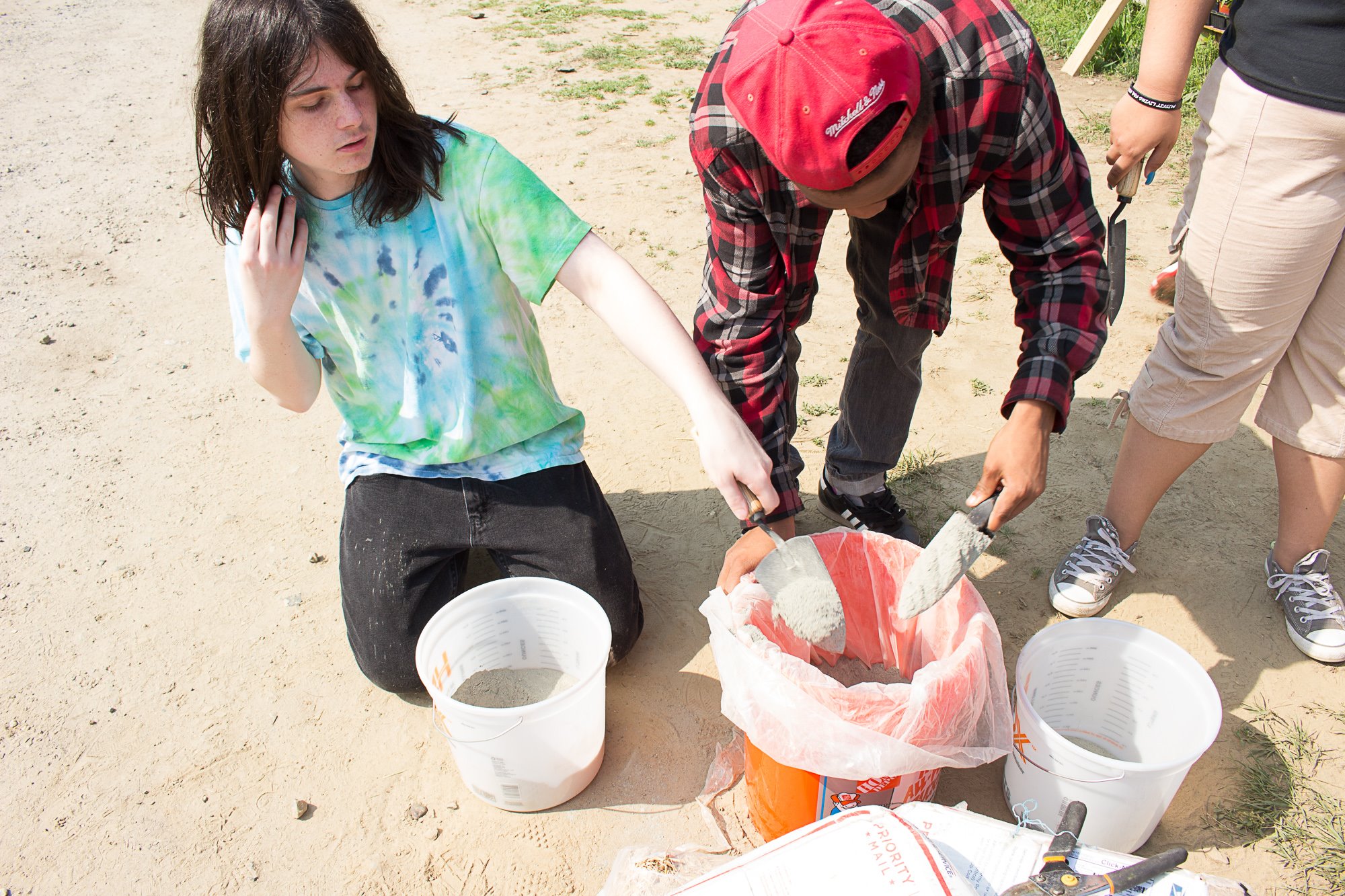
Measuring out the rock dust carefully, 2 quarts for each 3 x 4 foot for each plot to make sure it was a uniform application. (Click photo to enlarge)
Nuestras Raices provided compost, mostly made up of hay, organic matter and manure as a source of nitrogen. Rock Dust Local made an in-kind donation of a rock dust product called BrixBlend. Tom Vanacore describes the product as a local, all purpose paramagnetic rock dust for remineralization from the Pioneer Valley. Pioneer Valley BrixBlend Basalt is a pulverized basalt, a micronized feldspar-hornblende. It is certified USDA National Organic Program Standards compliant (USDA NOPS Compliant).
RTE purchased an extensive collection of gardening tools for the project which we donated to the school gardening class: rakes, hoes, buckets, gloves, a weighing scale and other gardening tools.
Our attempt to test cilantro
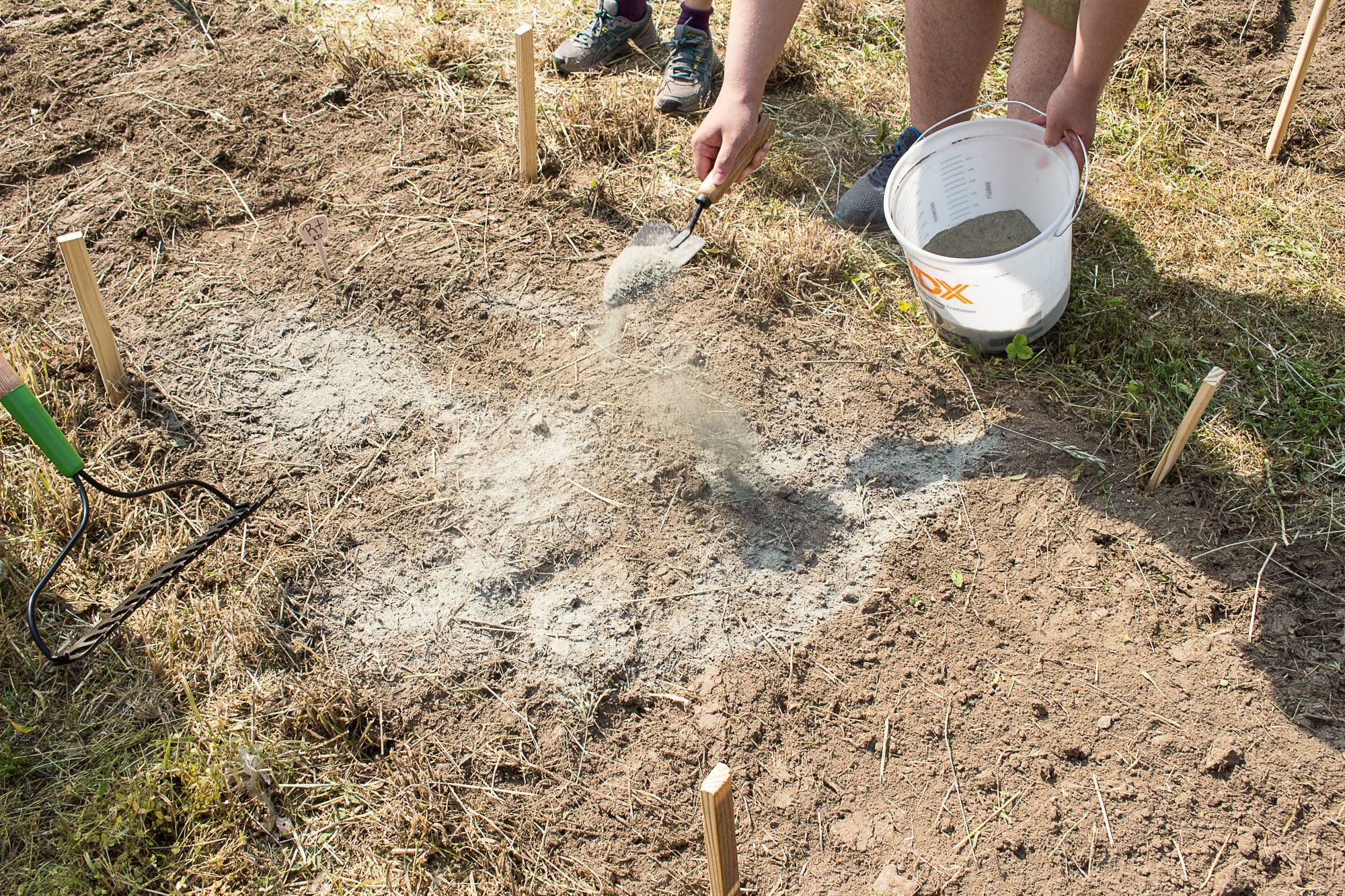
Spreading the rock dust very evenly and then using a rake to make sure the application is very uniformly applied. (Click photo to enlarge)
Eight science classes made up of about 100 students participated in the project, with each class monitoring their own three plots. We were committed to testing crops that were important to the Puerto Rican community. Although we initially hoped to test aji peppers, we made a decision to work with cilantro due to its shorter growing season and because we could utilize smaller plots with more replicates.
Students started the cilantro seedlings indoors in the classrooms with grow lights, and then transplanted them into the field on twenty-four 3’x 4’ plots located at the entrance of Nuestras Raices alongside the greenhouse. At this point, the spring days were typically mild. The mild weather lasted until the day the students began setting up the project in the garden.
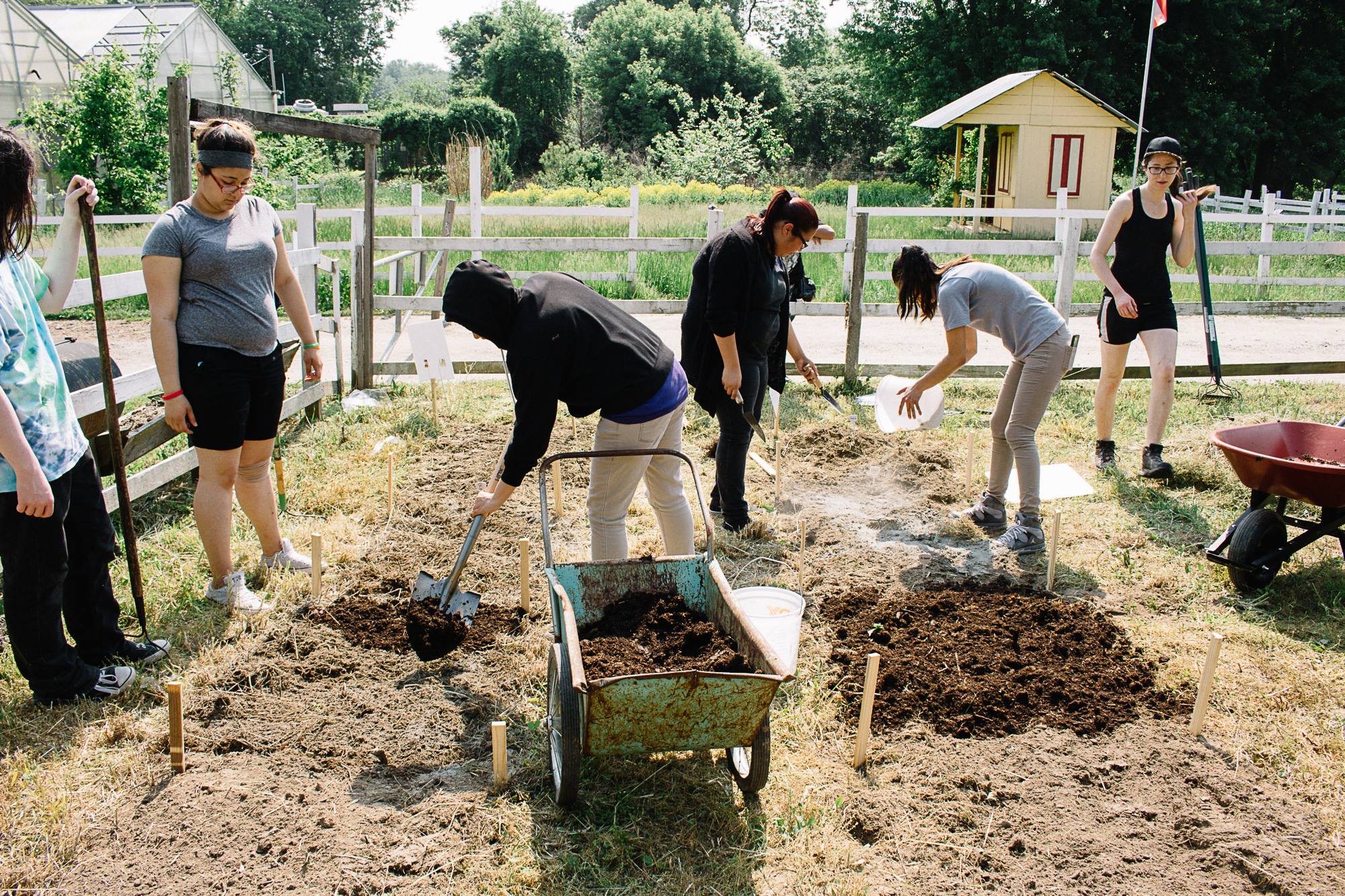
Olivia Billier with Americorps (on the far right) directing students – here adding compost to the eight plots tested with compost. (Click photo to enlarge)
In the early morning before the students arrived, the farm manager Carlos Nazario took soil samples for us to send to the lab for a baseline analysis. The students traveled by school bus to Nuestras Raices during their normal class time, and within that period they had to perform many tasks from the initial construction of the plots to planting. The students were supervised by science teacher, Kira Jewett, Olivia Billier from Americorps, a Nuestras Raices staff member, and gardening teacher Julian Hartmann Russell.
After the soil was turned over with shovels, the students began measuring their plots. They constructed the plots with stakes and string and made signs for each of the twenty-four plots. Each class had their own set of three plots to monitor: (a) a control, (b) rock dust, (c) rock dust with compost. Students measured the rock dust very carefully adding two quarts of rock dust to each 3’ x 4’ plot. While adding the compost and the rock dust, they took great care to rake the materials into a uniform application.
The cilantro fiasco
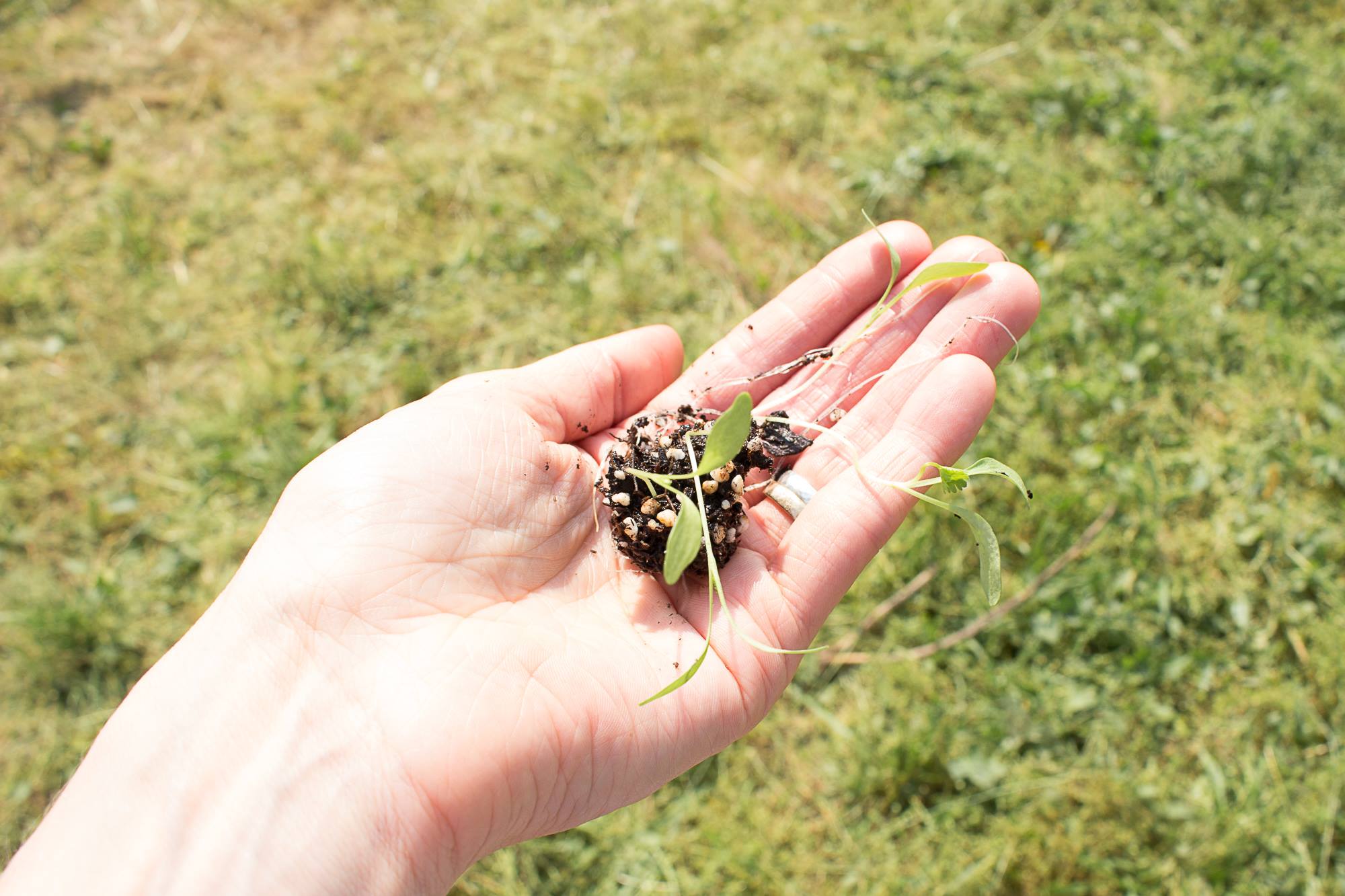
Hindsight lesson– cilantro should be sowed directly and these seedlings were very fragile for our 90°F day! (Click photo to enlarge)
The day students planted the cilantro reached temperatures over 90°F. The weather was so extreme and so hot that Kira bought jugs of water to make sure the students had enough water to drink. There was very little shade, and it was a great shock to everyone transitioning from winter to spring days which were in the sixties, to be faced suddenly with gardening in ninety degree heat!
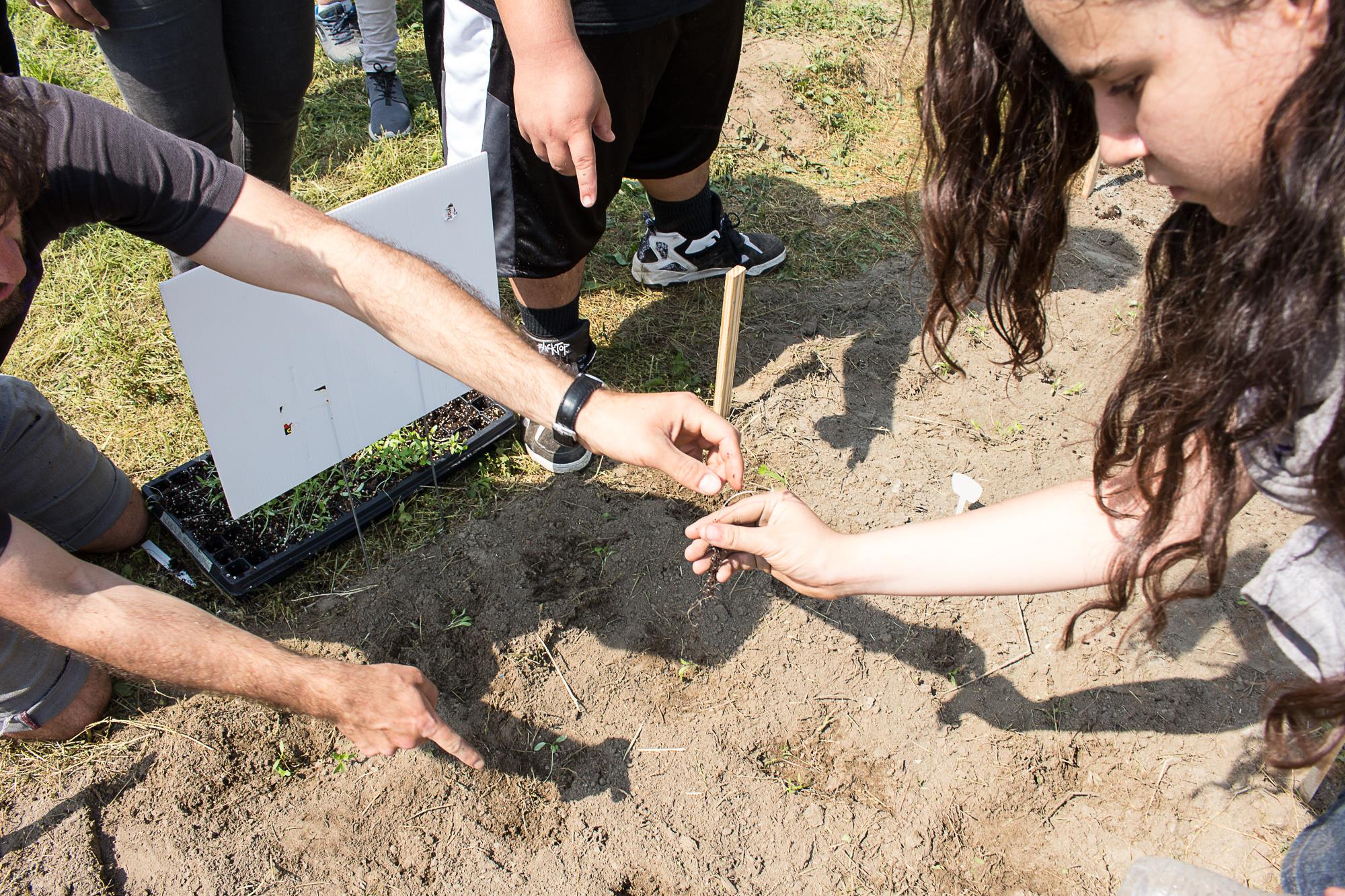
Nevertheless we planted the delicate seedlings which did not survive the hot Memorial Day weekend without water
We planted the cilantro in the intense afternoon heat. This was the beginning of a heat wave that spanned a three day weekend when the seedlings could not be watered. Consequently, the cilantro seedlings did not survive.
The farm manager Carlos Nazario explained that, unbeknownst to us, cilantro should only be sown directly, never transplanted because the seedlings are so delicate. This was a crucial teaching lesson for us in designing the project.
Harvesting the aji peppers
After the heat wave and cilantro planting fiasco, we decided to plant aji peppers instead, as we originally planned. Carlos took care of the aji plants throughout the summer. In early September, we were running out of time to harvest the aji peppers. Unfortunately due to it being so early in the school year, the students were unable to complete the last steps of the project.
Luckily, Dr. Tom Goreau arrived with his colleague Thomas Sarkisian just in time to rescue our project, overseeing the harvest of aji peppers and collecting the data. We were fortunate that Dr. Goreau was able to take on this project. Based in Cambridge, Massachusetts, he is often far afield in distant parts of the globe working on restoration projects for coral reefs, consulting for the small island states that are greatly affected by climate change, and participating in the climate change negotiations of the United Nations, including the recent negotiations that took place in Paris.
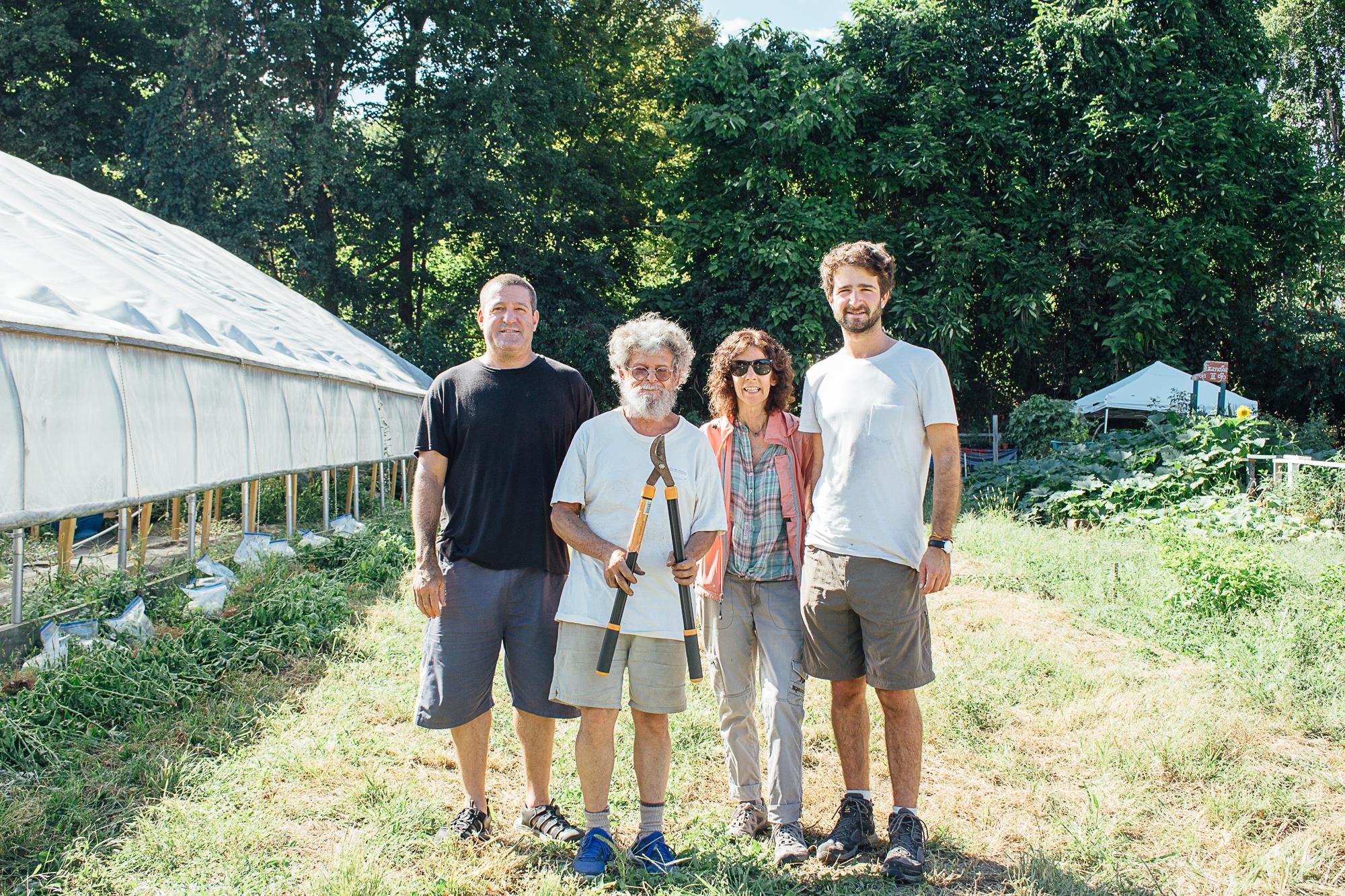
Day of harvest and data collection with Thomas Sarkisian Dr. Tom Goreau Joanna Campe and Julian Hartmann Russell
At Nuestras Raices we were already working with very fertile soils due to their organic sustainable practices. We were looking to see what difference rock dust made to soil quality after remineralizing the plots. This is a very different situation from remineralizing degraded lands, which can show as much as 2-4 times increased yields through the practice of remineralization. Nevertheless we expected to see differences by the end of the season in yields, soil, and nutritional quality.
Our harvest team was made up of Dr. Goreau, Thomas Sarkisian, Julian Hartmann Russell, and myself. The peppers, shoots, and root balls were weighed in order to graph the differences in biomass. The data for mineral tissue analyses was sent to Logan Lab.
The harvested peppers that were not being tested were given to the school and the gardening teacher and students made approximately 40 lbs of salsa.
A special thanks to Owen Wormser from Abound Design for consulting around planning and logistics. Thanks to Diana Chaplin for photography and for being our social media director. At the Paulo Freire Social Justice Charter School, thanks to science teachers Kira Jewett and Eric Frary as well as gardening teacher Julian Hartman Russell. At Nuestras Raices, thanks to Olivia Billier with Americorps for organizing the planting and working with students and to Carlos Nazario, the farm manager, for maintaining the plots throughout the summer. Great appreciation to Dr. Tom Goreau for saving the day by driving out from Cambridge just in time to harvest the aji peppers and collect the data with the assistance of his colleague Thomas Sarkisian.
What We Learned
Students had the opportunity to learn about geology, the formation of soils, agriculture and the importance of the nutritional aspect of farming and gardening.
In hindsight it was a challenge to fit the project’s curriculum into an already full science curriculum. It was very ambitious to engage the students in indoor growing in the classroom with grow lights for the seedlings, and from there to take the bus to Nuestras Raices to construct the 24 plots for the experiment in their designated garden site next to the greenhouse.
Initial evaluation looks like approximately a 30% increase in the plot that used rock dust and compost. When the data analysis is complete, we will cover it in a future article. Part Two will feature an evaluation of the test results from one of the researchers on RTE’s board of directors and advisors.
Building from here
The project at PFSJCS and Nuestras Raices was a first step toward developing an online resource area for teachers and students. With these resources, students can become junior scientists who explore, experiment, and gain knowledge on multiple subjects such as geology, agriculture, botany, sustainability, and nutrition. Students will collect data on local rock dust, an easily obtainable natural resource, through science experiments which can be done indoors or outdoors: school gardens, greenhouses, grow lights in a classroom, and more.
We are currently looking for a grant to start work on the project during the summer of 2017.
Joanna Campe is the founder and Executive Director of Remineralize the Earth. She raises public awareness of the crucial role of soil remineralization with finely ground rock dust, sea minerals and other natural means to regenerate soils, forests and stabilize the climate. She promotes partnerships with foundations and educational institutions, government agencies, international development agencies, the private sector, and NGOs.
Support us on Patreon
Thank you for joining us today! Please become a member of RTE and support us on Patreon. Unlike many larger organizations, we work with a team of determined and passionate volunteers to get our message out. We aim to continue to increase the awareness of remineralization to initiate projects across the globe that remineralize soils, grow nutrient dense food, regenerate our forests’ and stabilize the climate – with your help! If you can, please support us on a monthly basis from just $2, rest assured that you are making a big impact every single month in support of our mission. Thank you!

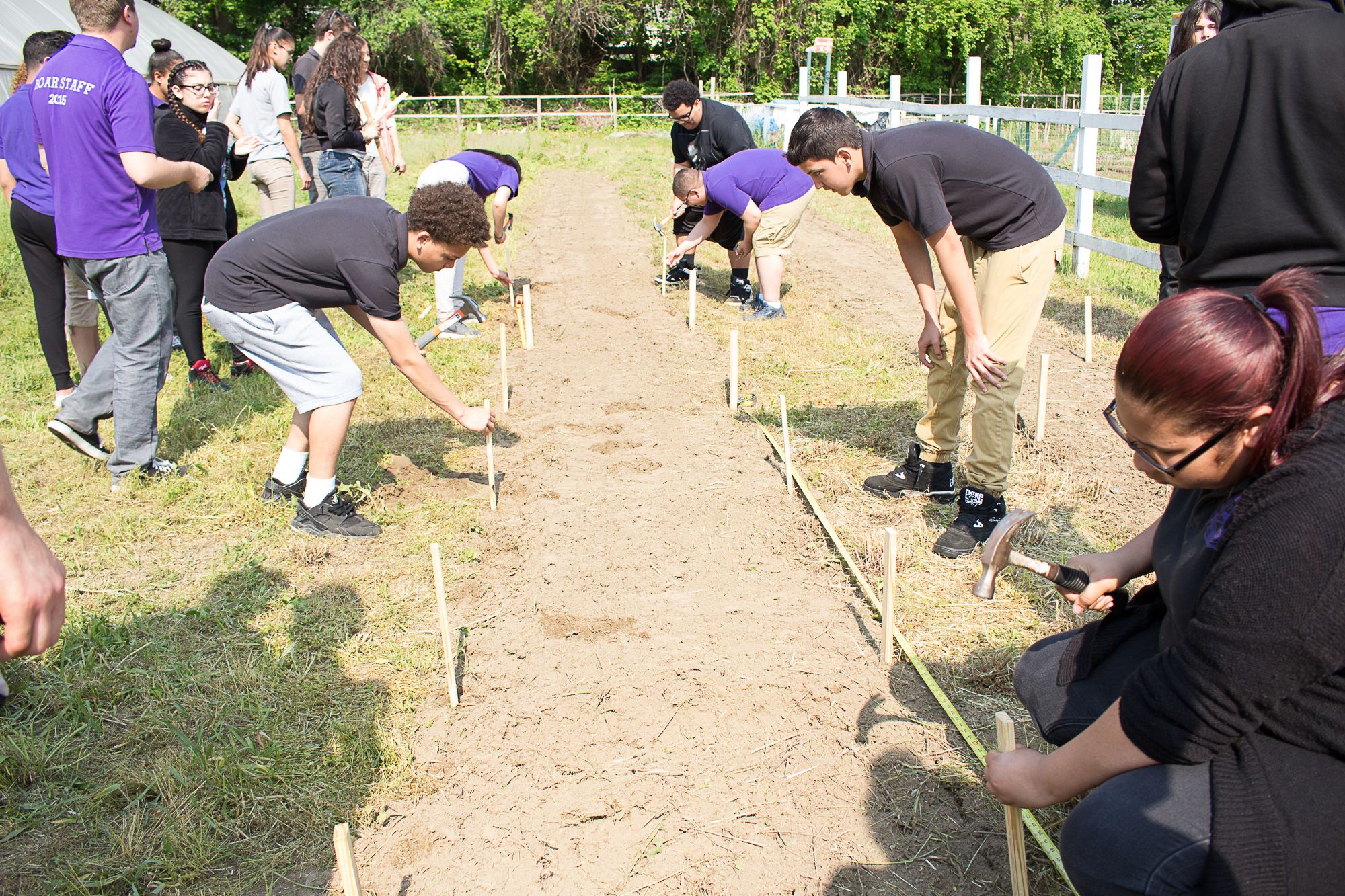
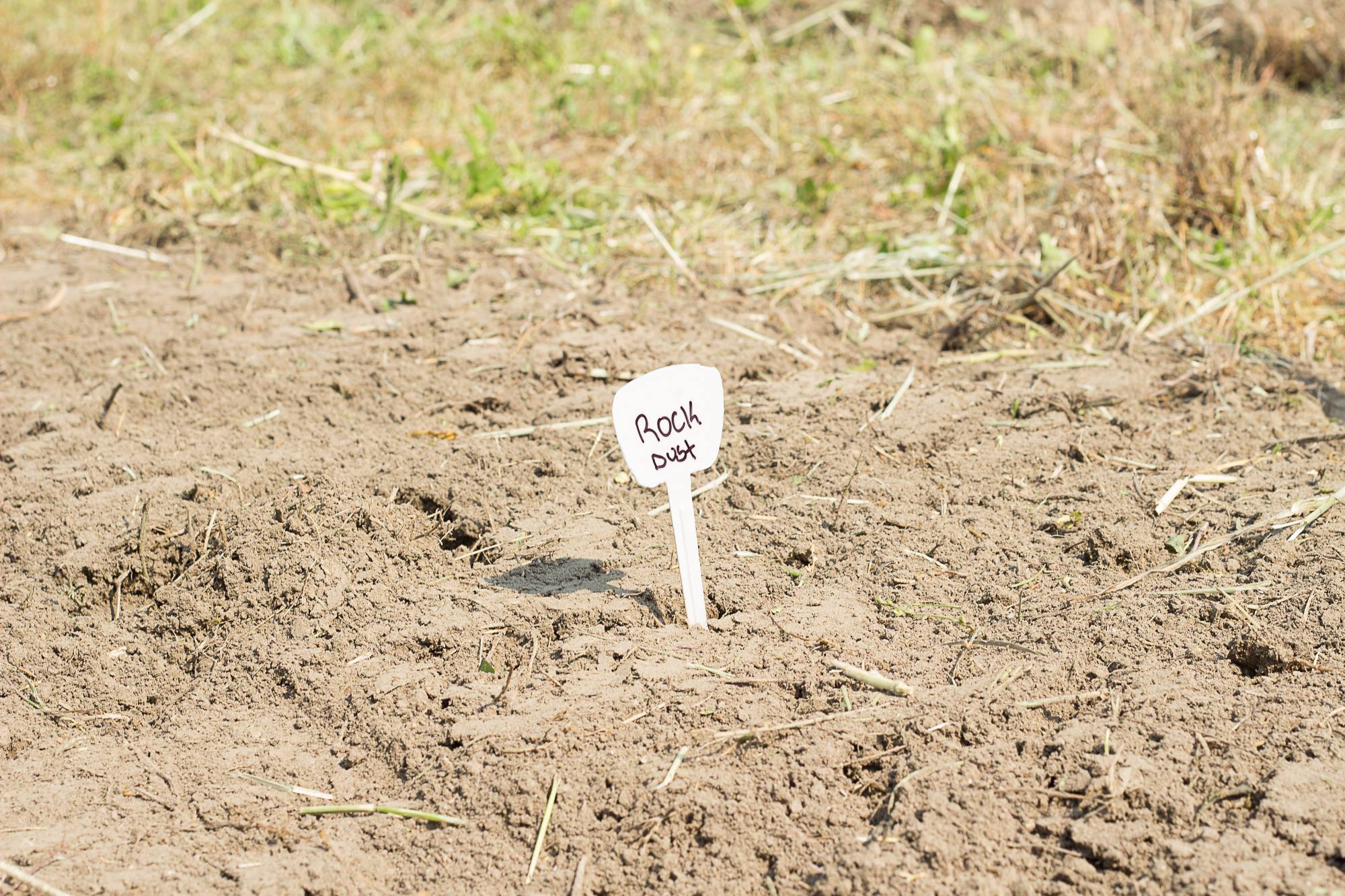
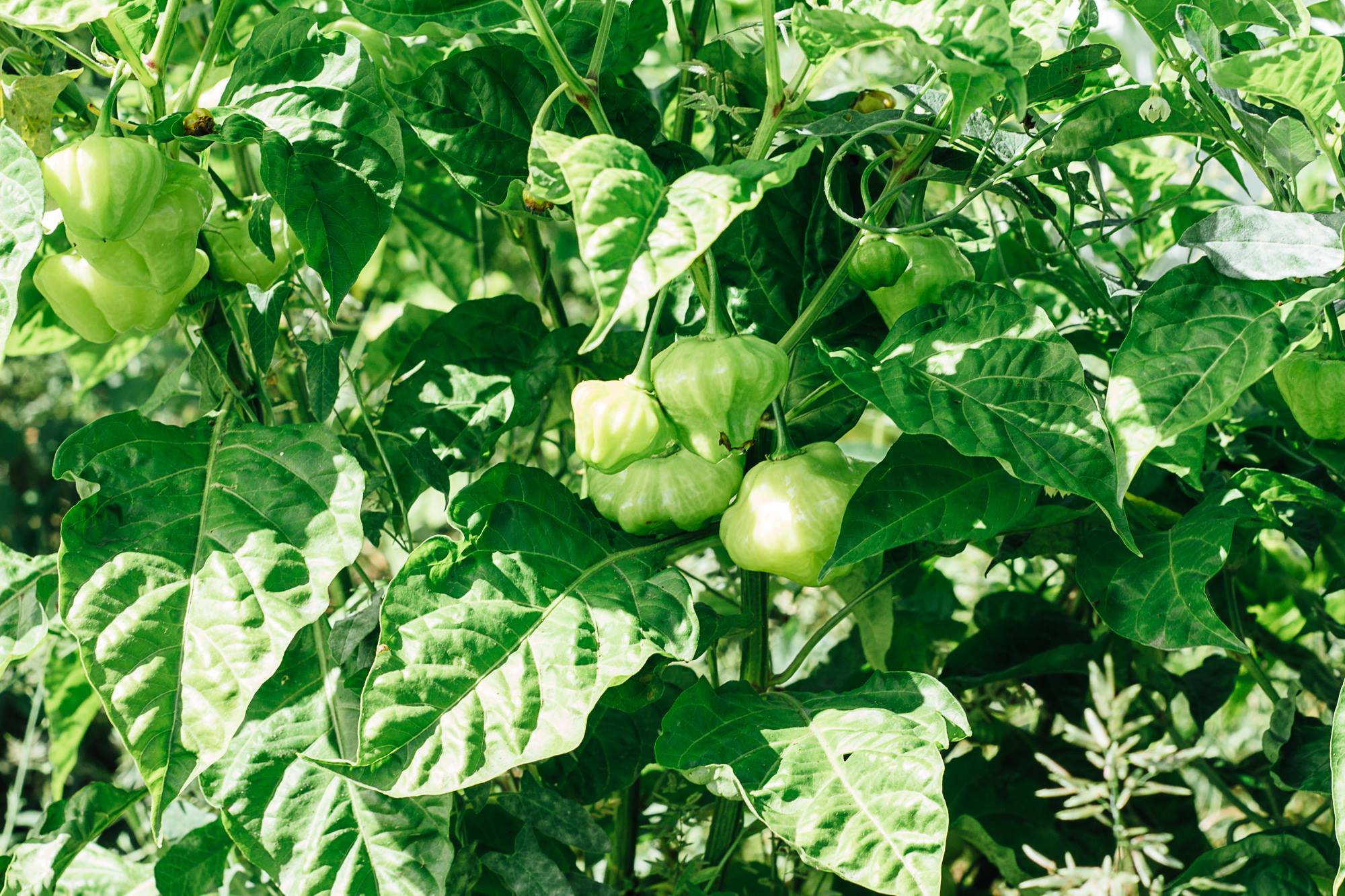
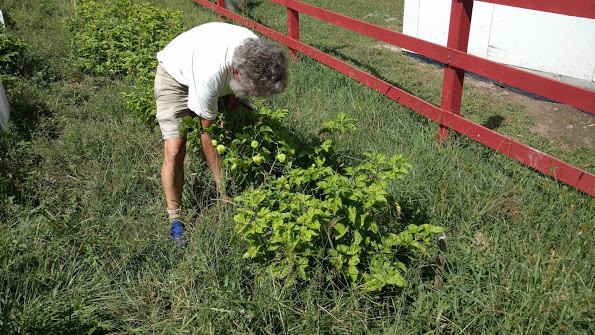
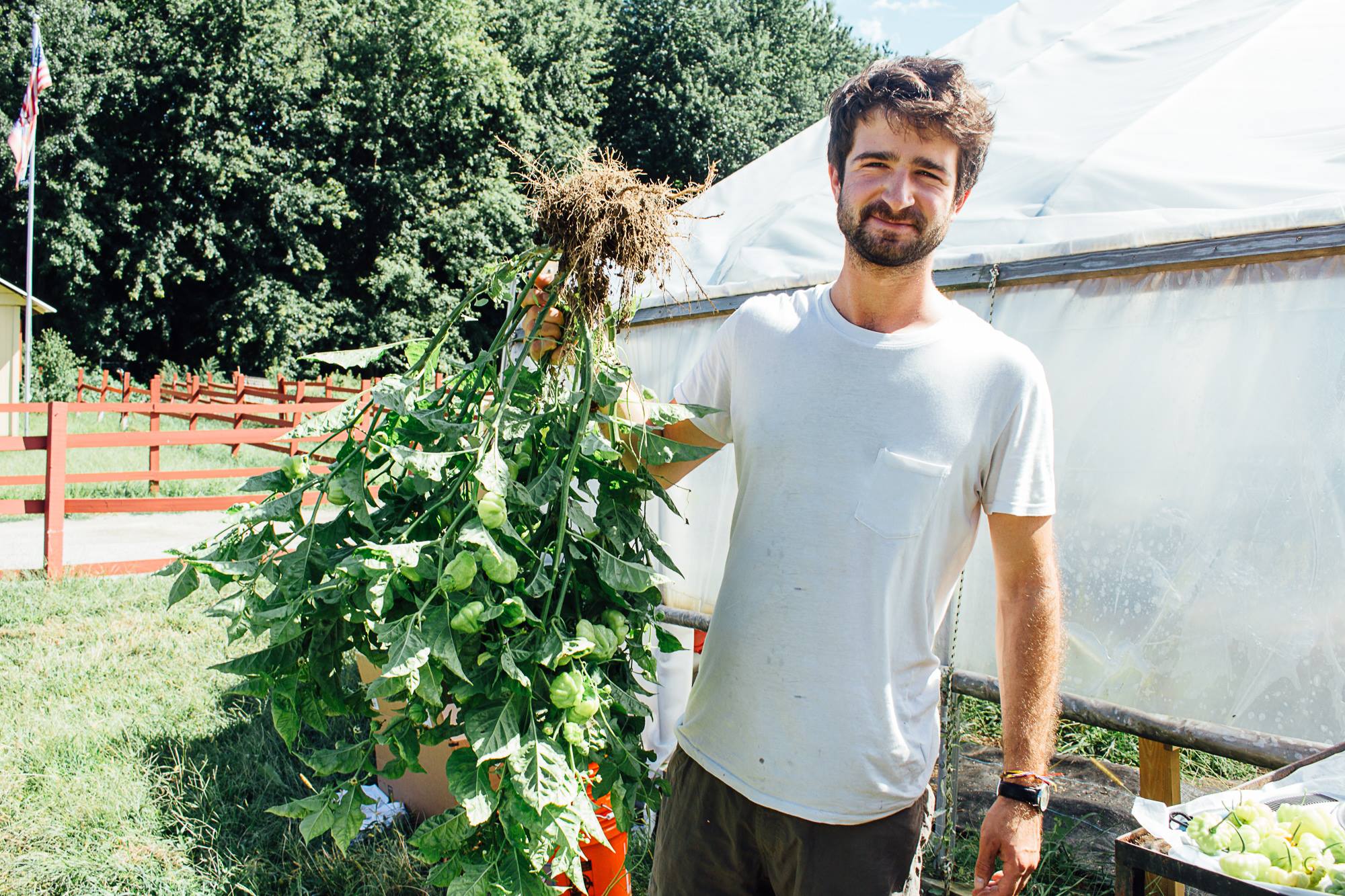
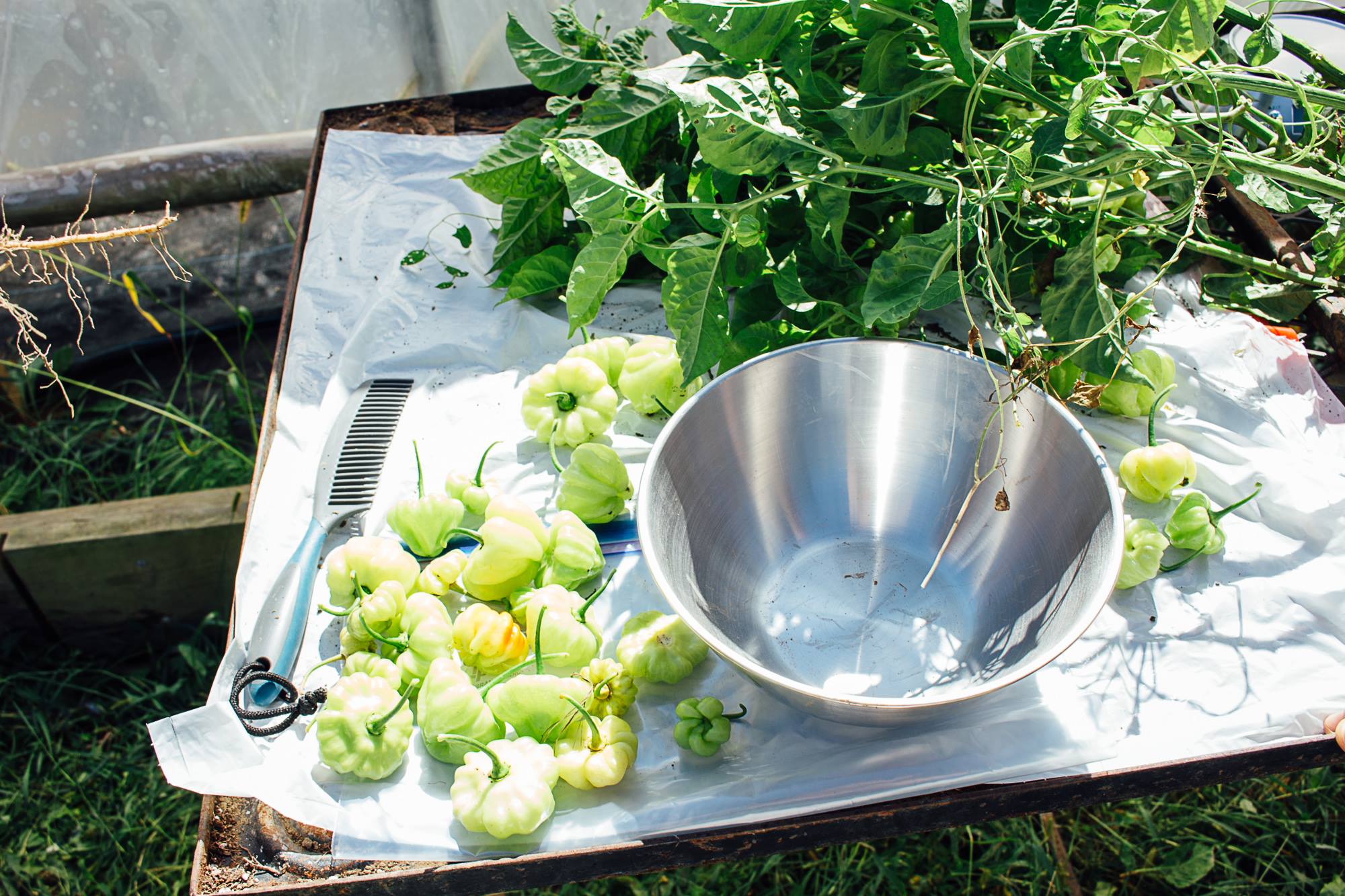
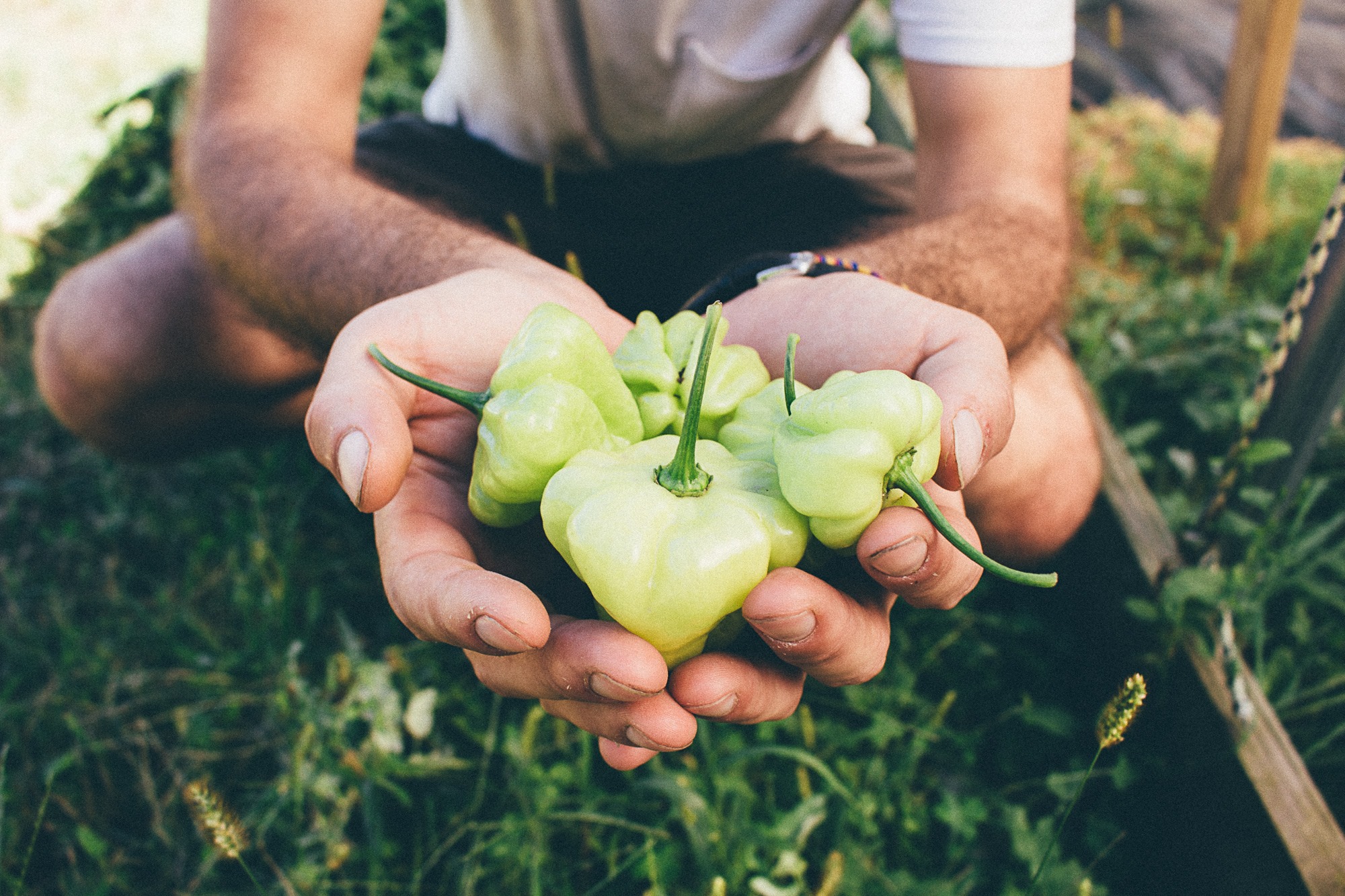
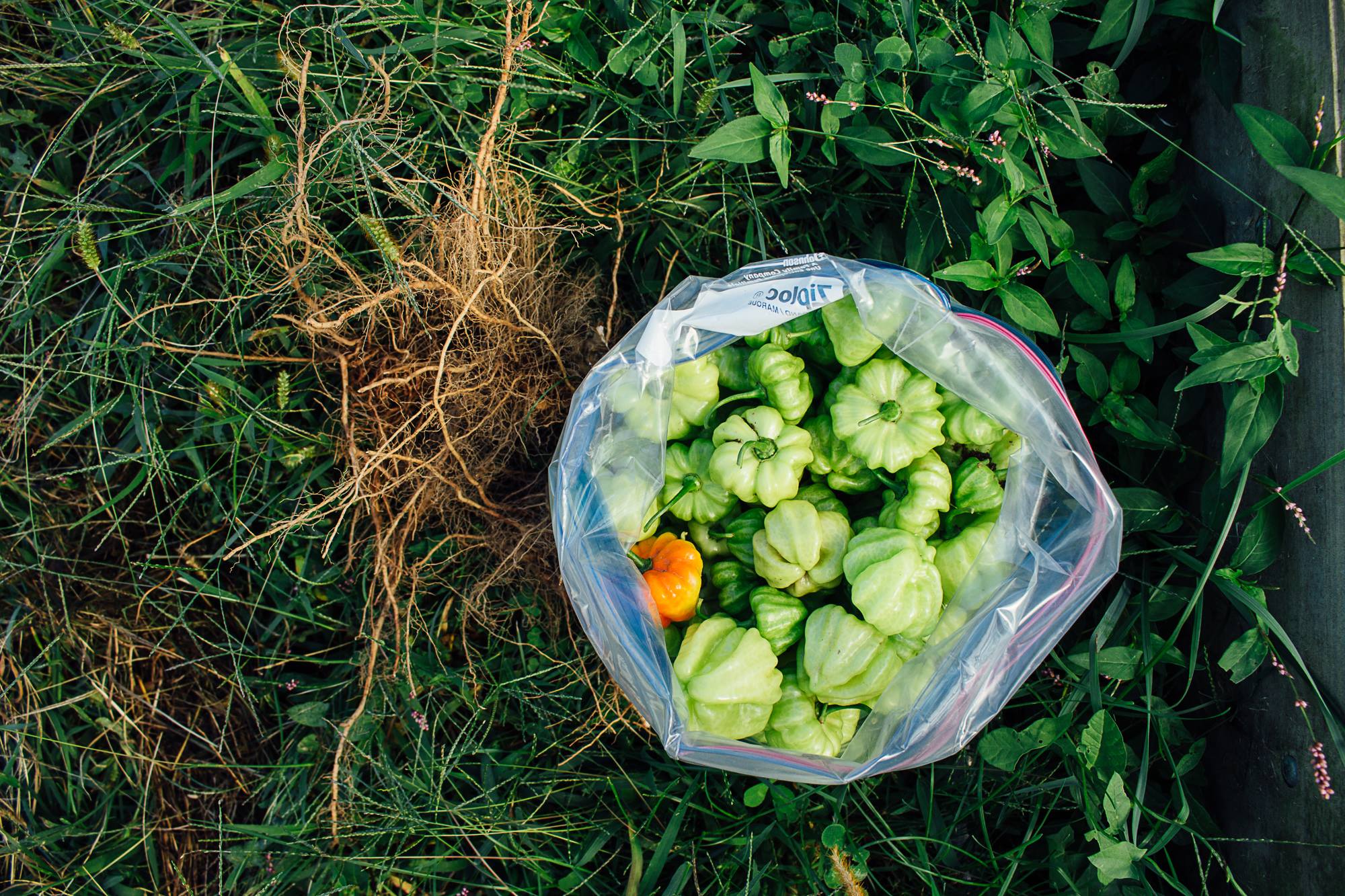
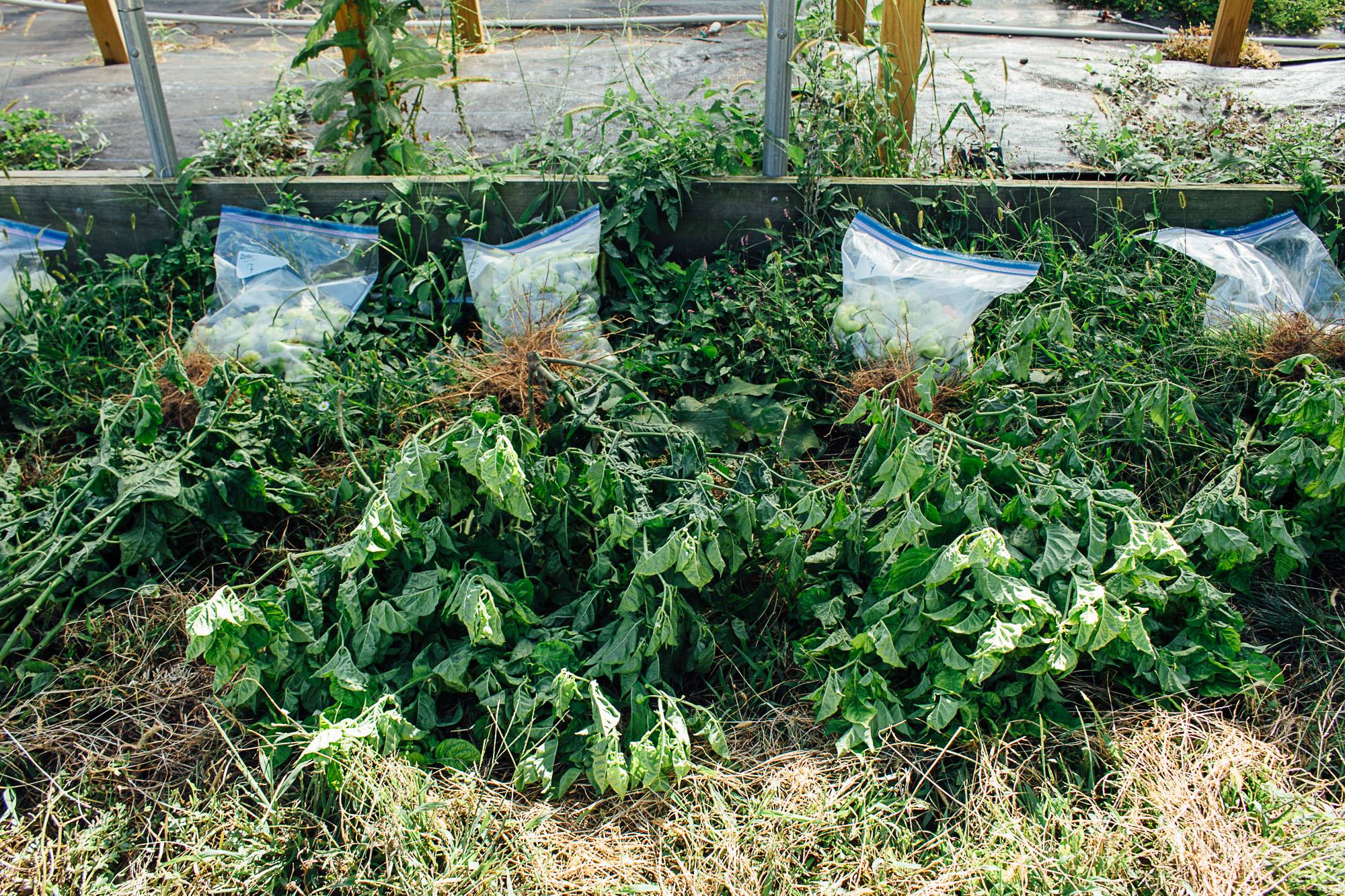
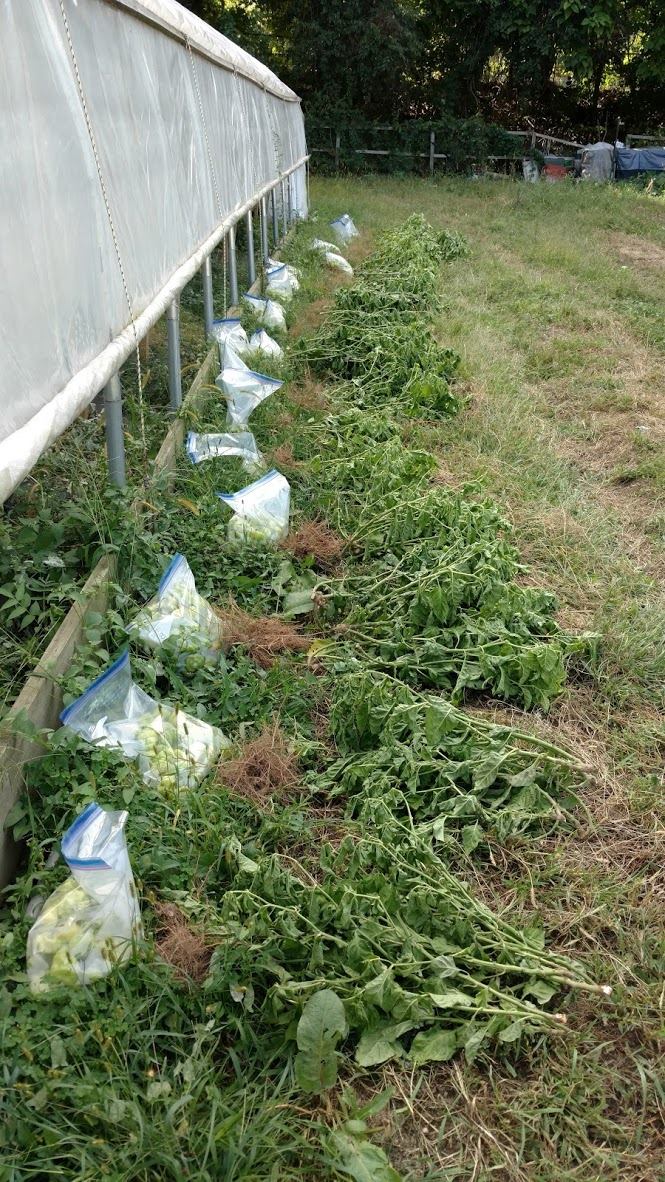






Got something to say?